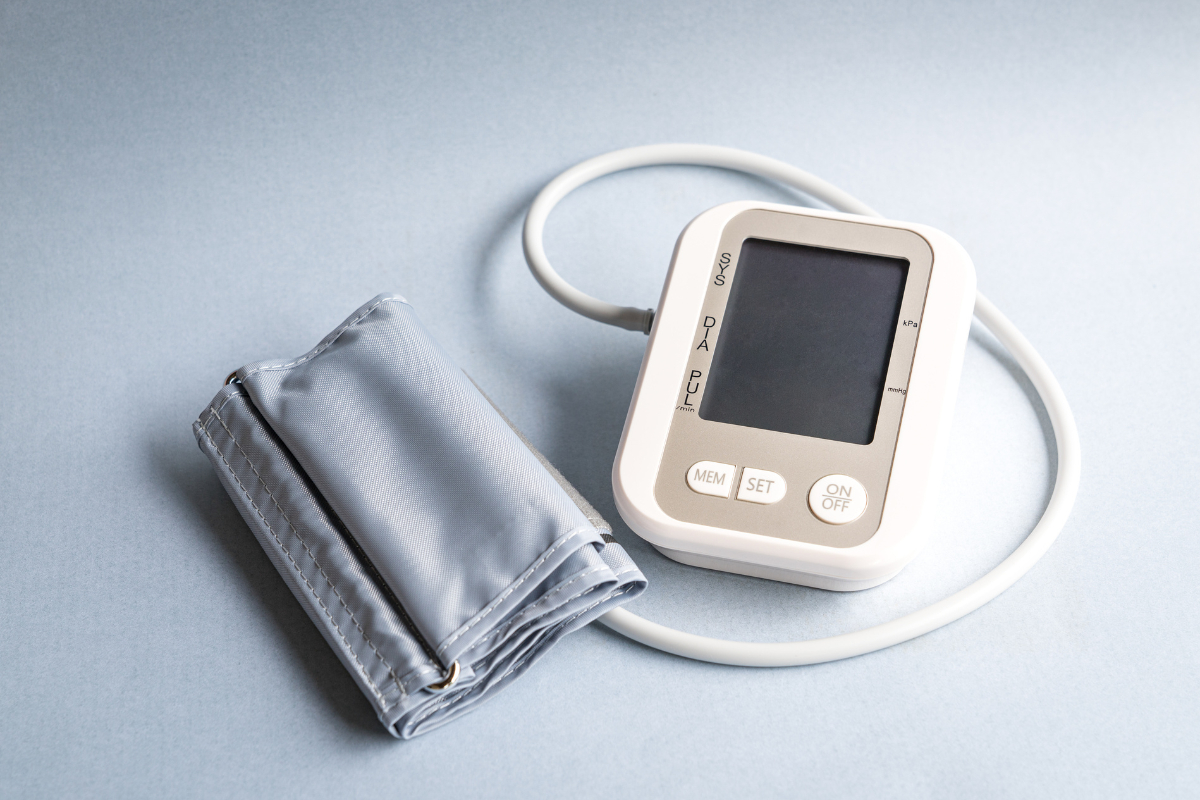Pooled Analysis of Finerenone Presented at EASD 2024, Poised to Strengthen its Position in the Cardio-Kidney-Metabolic Market Further
Sep 27, 2024
Data from an integrated pooled analysis of finerenone across three Phase III trials involving heart failure, chronic kidney disease (CKD), and Type 2 diabetes (T2D) was presented at the 2024 European Association for the Study of Diabetes (EASD) Congress. This analysis was conducted with data from the FIDELIO-DKD2 and FIGARO-DKD3 trials in patients with chronic kidney disease (CKD) and type 2 diabetes and the FINEARTS-HF4 trial in patients with heart failure and mildly reduced or preserved ejection fraction.
Finerenone, marketed as KERENDIA by Bayer AG, is a nonsteroidal mineralocorticoid receptor antagonist (MRA) approved to reduce the risk of sustained eGFR decline, end-stage kidney disease, cardiovascular death, nonfatal myocardial infarction, and hospitalization for heart failure in adults with CKD associated with T2D. CKD is a progressive disease characterized by declining kidney function, often leading to the need for dialysis or kidney transplantation. According to DelveInsight Analysis, there were an estimated 81.9 million prevalent cases of CKD in the 7MM in 2023, with 14.4 million diagnosed. Among diagnosed cases, the US accounted for approximately 3.7 million, the EU4 and the UK for about 8 million, and Japan for around 2.6 million, with diabetes being one among the leading cause in these regions.
Key Highlights from the study:
Downloads
Click Here To Get the Article in PDF
Recent Articles
- Clinical
- Diabetic Macular Edema Therapy Market to Witness Significant Impact in the Foreseeable Future
- Amgen Announced the Result of its CodeBreak-200 Trial; FDA Clears Bristol-Myers Squibb’s Deucrava...
- AUCATZYL Approved for R/R B-ALL; FDA Accepts NDA for Unicycive’s Oxylanthanum Carbonate; AstraZen...
- Humira’s patent; Teva laying off; GSK aims; Thermo acquires Patheon; J& J’s Invokana
- The analysis included 18,991 participants with a mean age of 67 years. More than 90% of the analyzed cases had overlapping cardio-kidney-metabolic (CKM) conditions—78% had two conditions (either HF and CKD, HF and T2D, or CKD and T2D), while approximately 15% had all three diseases.
- During 2.9 years median follow-up, the primary outcome of cardiovascular death occurred in 4.4% in the finerenone group and 5.0% in the placebo group.
- Death from any cause occurred in 1,042 (11.0%) participants in the finerenone arm and 1,136 (12.0%) in the placebo arm.
- Furthermore, Finerenone reduced the risk of HF hospitalization (HR 0.83) and the composite kidney outcome (HR 0.80).
- The incidence of serious adverse events was lower with finerenone compared to placebo (34.6% vs. 36.6%), however, the rate of serious adverse events leading to drug discontinuation was higher with finerenone (5.4% vs. 4.6%).
Conclusion:
“This large, pooled analysis failed to demonstrate a significant reduction in cardiovascular death, but this may be due to the definition of cardiovascular death used and the classification of deaths of undetermined causes. We did find important reductions in all-cause death and a broad range of other cardio-kidney outcomes including kidney disease progression and HF hospitalisations. Pooling these data summarises complementary lines of evidence which support a disease-modifying potential role of finerenone across the cardio-kidney-metabolic spectrum.”
Harvard Medical School, United States
The strength of this study lies in its focus on a multimorbid patient population, as patients with CKD frequently also suffer from conditions like T2D or heart failure. This underscores the urgent need for data that assess the impact of finerenone on cardio-kidney outcomes in such patients. The study serves as a valuable resource for clinicians managing these increasingly common and complex conditions, including CKD. It highlights finerenone’s effectiveness in reducing all-cause mortality, heart failure hospitalizations, and adverse kidney outcomes in patients with T2D and comorbidities. Although it did not achieve statistically significant reductions in cardiovascular death, the findings strengthen finerenone’s potential as an important therapeutic option for managing cardiovascular and renal risks in this population.

Downloads
Article in PDF
Recent Articles
- OZEMPIC’s New Approval Cements Novo’s Lead in GLP-1 Market
- Amgen Announced the Result of its CodeBreak-200 Trial; FDA Clears Bristol-Myers Squibb’s Deucrava...
- Japan is transforming its Healthcare sector through Regenerative Medicine
- Immutep’ First-Line Treatment Positive Outcomes; Pfizer’s Once-Daily Oral GLP-1 Agonist Danuglipr...
- Dubai: A leading and exciting pharma hotspot



